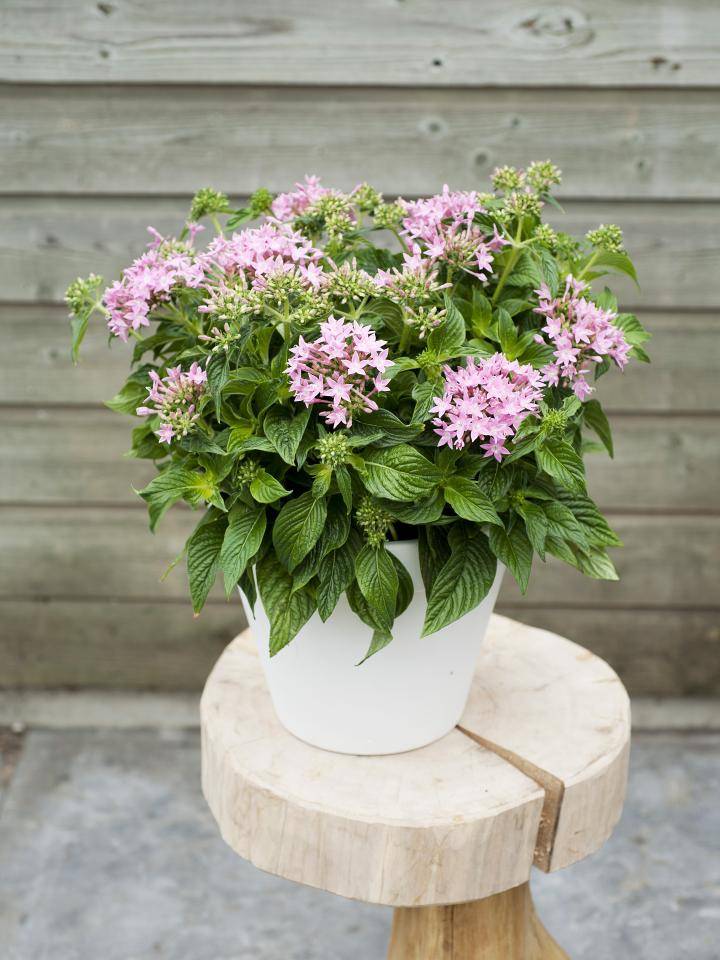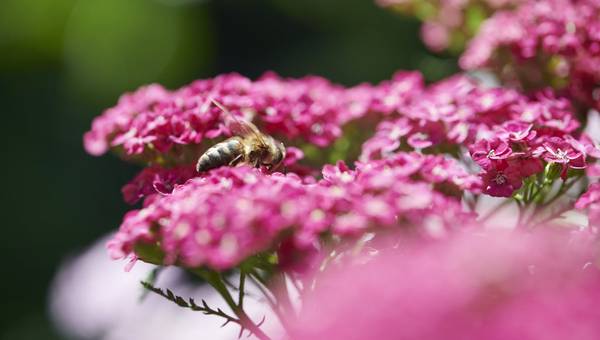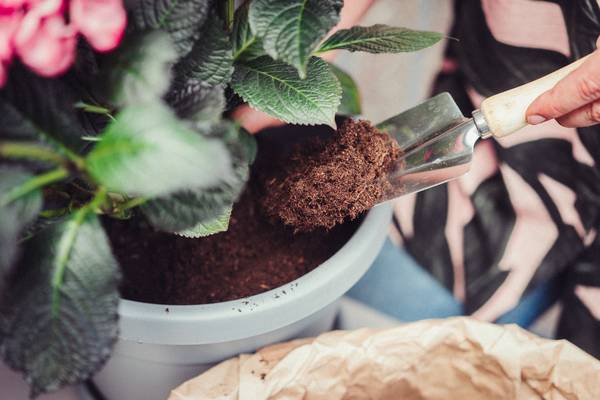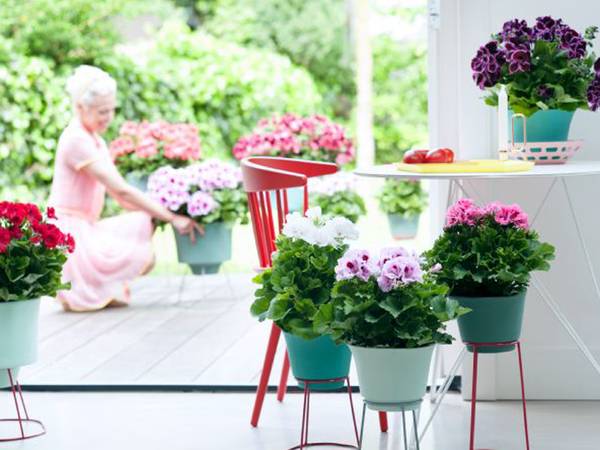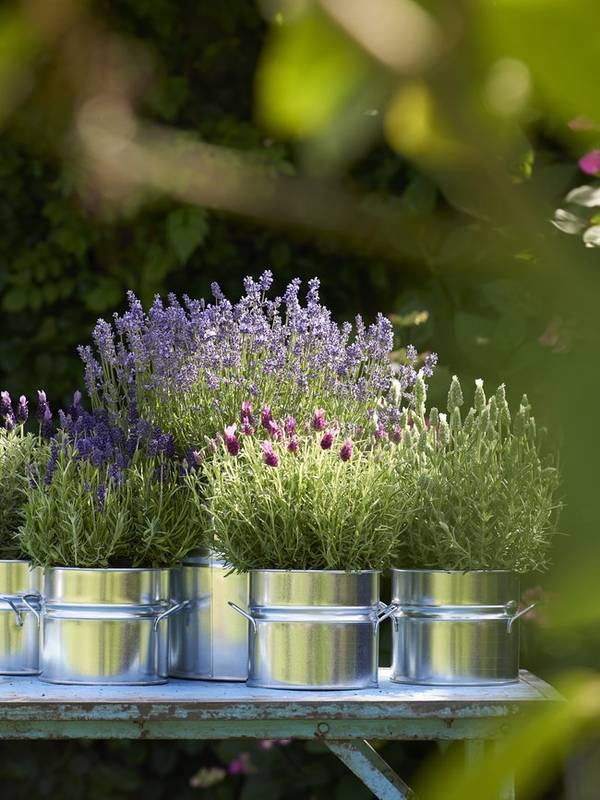
Care
- Place Pentas in a light and sheltered spot
- Water Pentas sufficiently in summer, so that the soil remains moist
- During the growing season, give Pentas liquid fertiliser every two weeks, preferably for pot plants
- Remove spent flowers so that new flower buds can form
- To keep Pentas compact, you can occasionally cut away young shoots during the growing season. At the end of winter, the plant can be cut back to full shape.
- Overwinter Pentas in a frost-free, light place
Colours and shapes
Pentas, full name Pentas lanceolata, is known for its small, star-shaped flowers that bloom in clusters at the end of the stem. It's sometimes called the Egyptian star plant for this reason. The plant blooms from May to October. The flowers are real butterfly magnets and can be different colours, such as red, pink, purple and white. Pentas' leaves are narrow, downy and have a compact, bushy growth habit.
Pentas is available from April to July in bush and stem form, but also does well as a houseplant. In the wild, the plant can grow up to 1 metre tall. Some 40 different varieties are known.
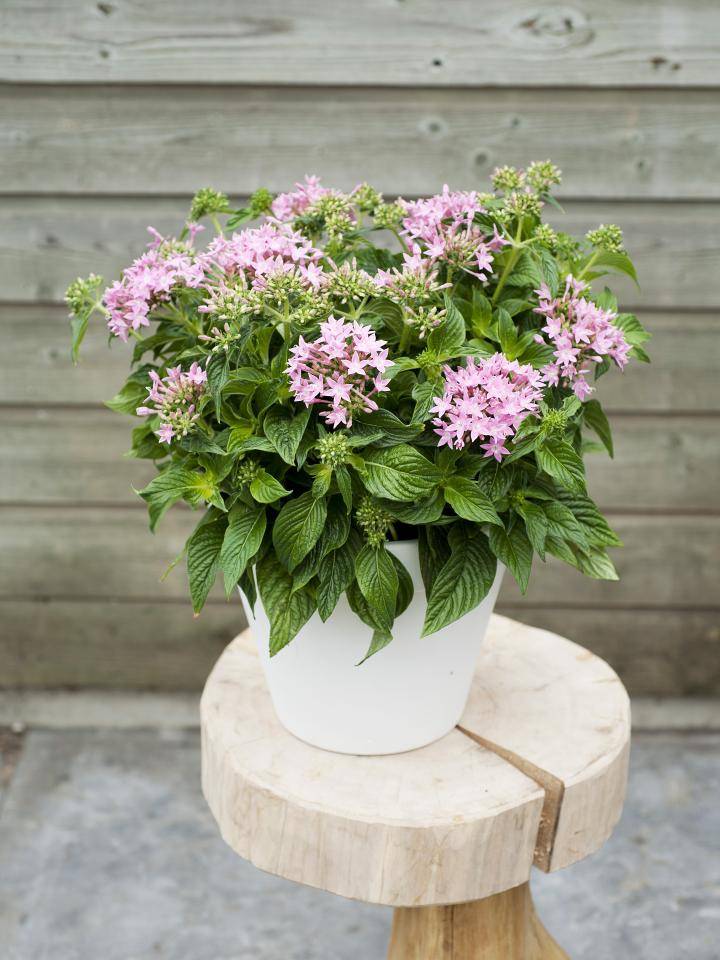
Origin
Pentas belongs to the Rubiaceae family, which includes coffee plants. The tropical plant is native to north-east Africa and Yemen. The name Pentas comes from penta (five) because of the five petals and lanceolata (lancet-shaped) because the leaves are narrow and long.
Symbolism
Pentas is often associated with love and beauty. The colourful flowers make this a popular plant and a popular gift. Pentas is also traditionally used as a natural medicine, as it is said to have anti-inflammatory and antibacterial properties.
